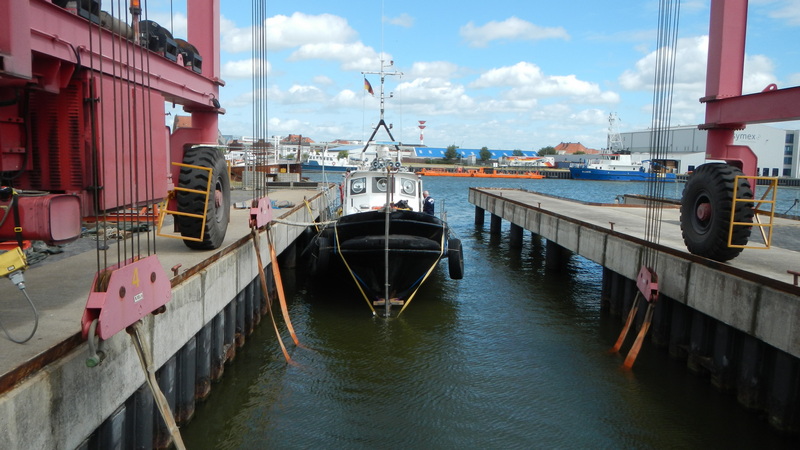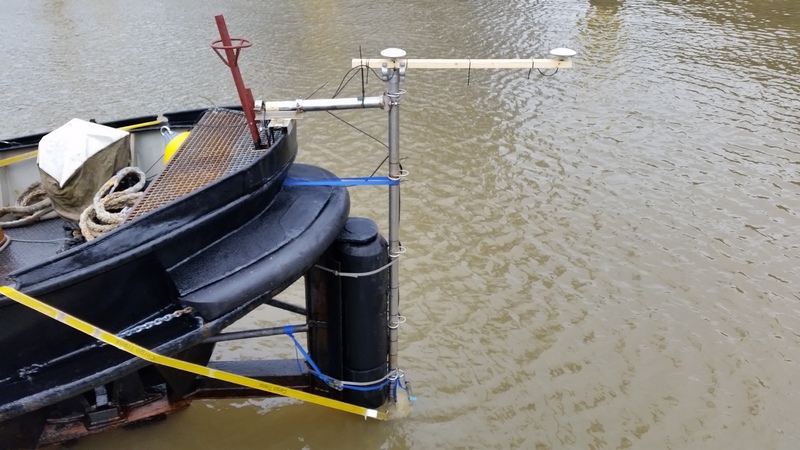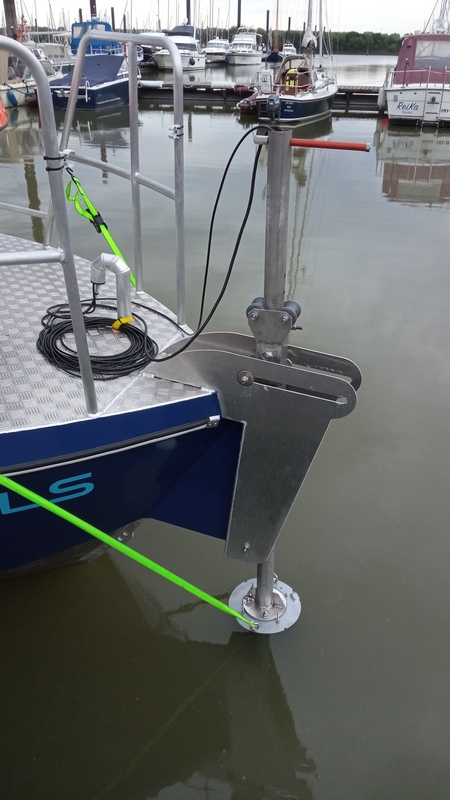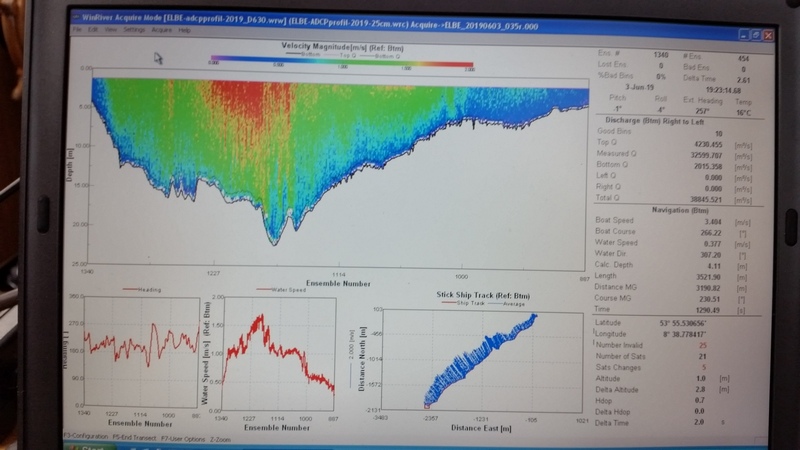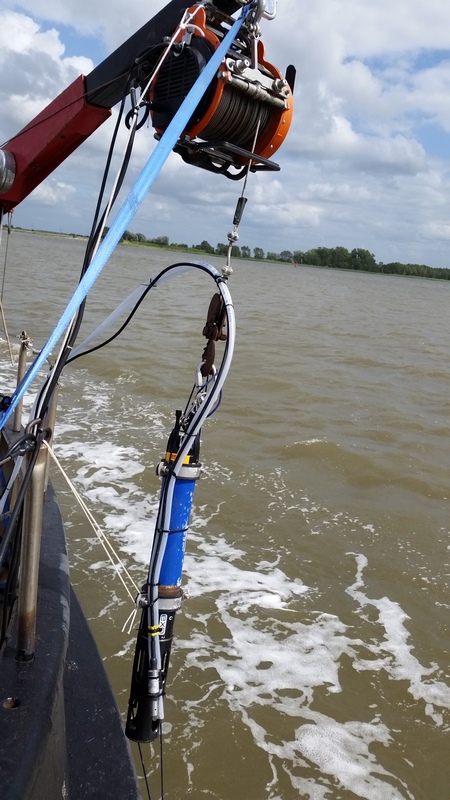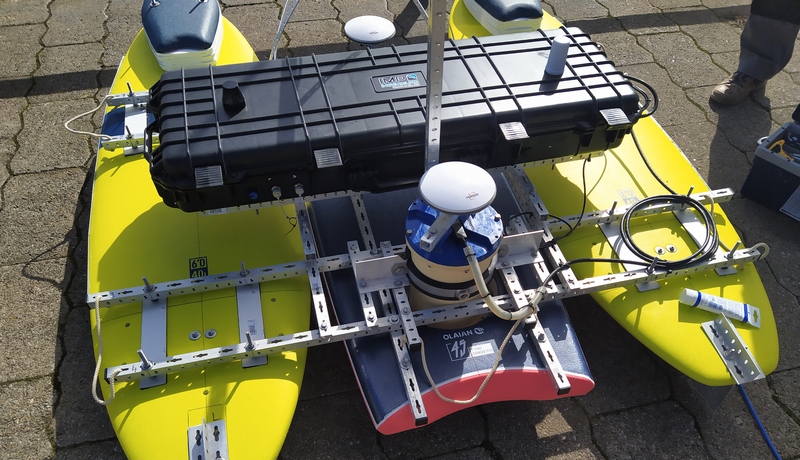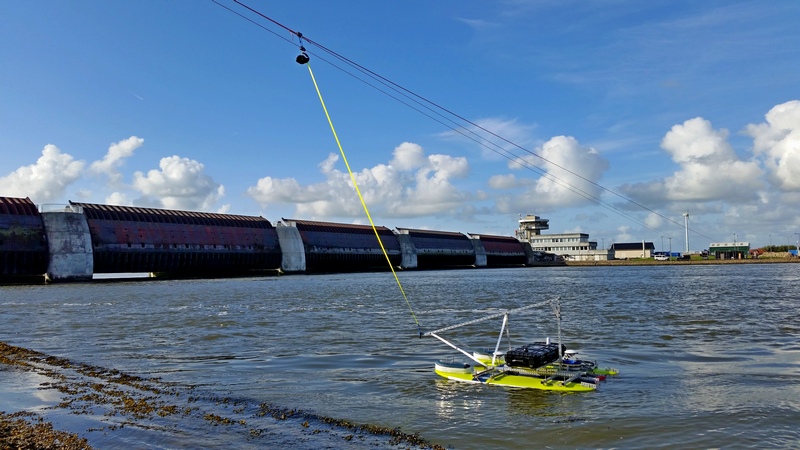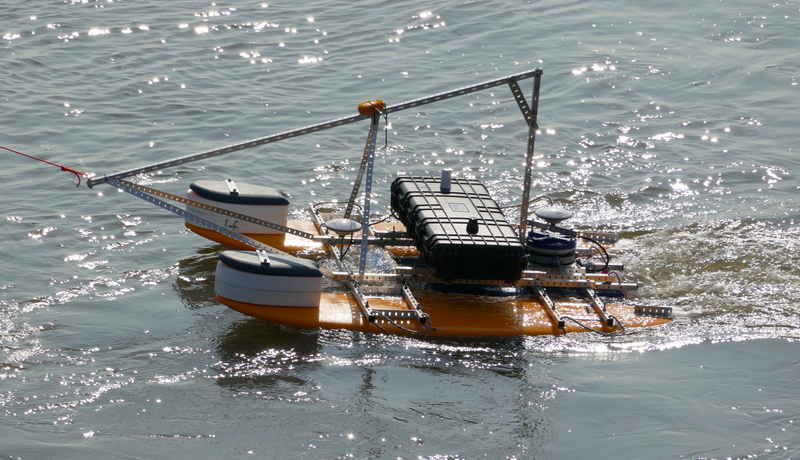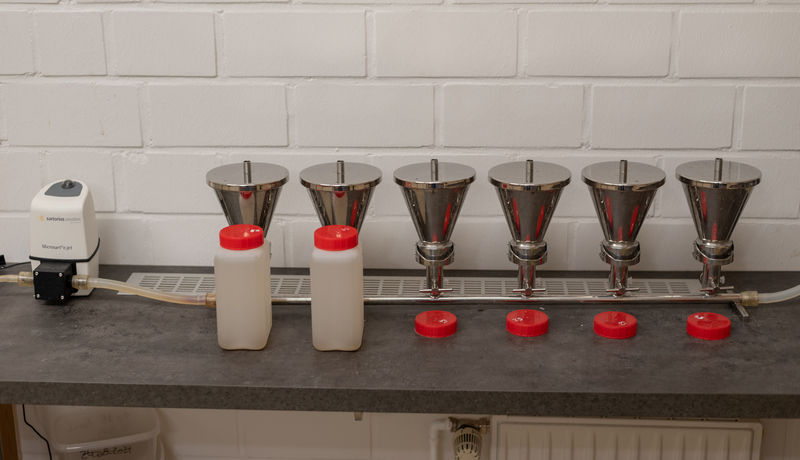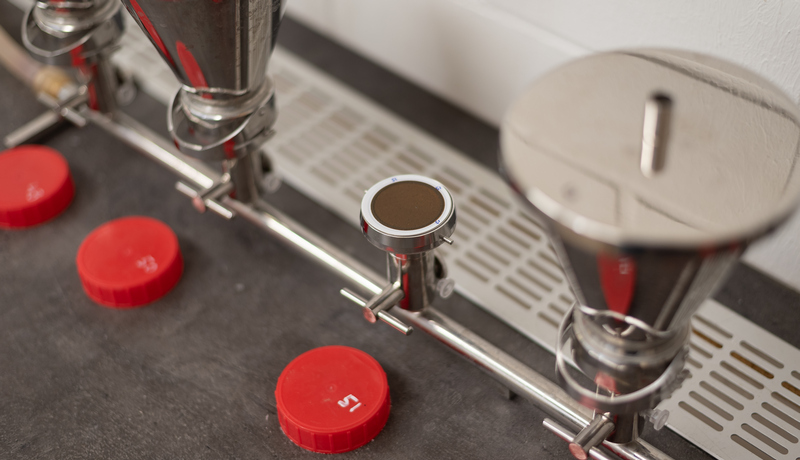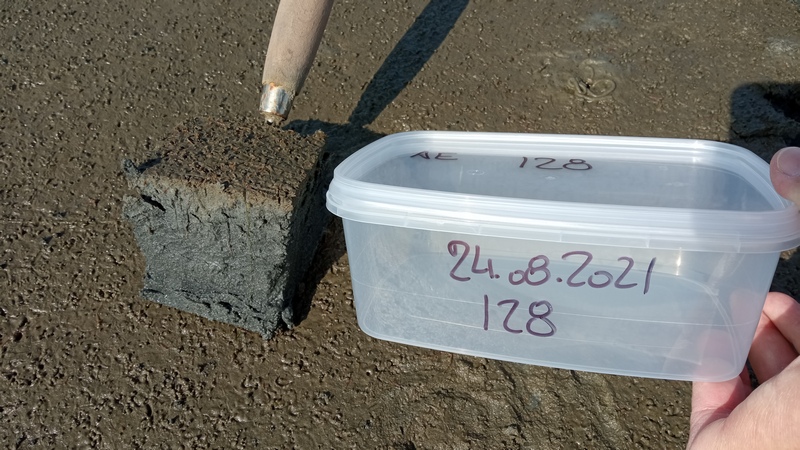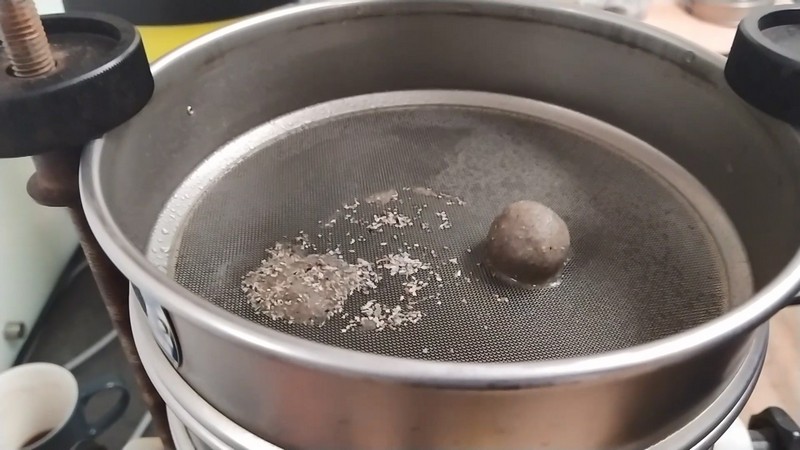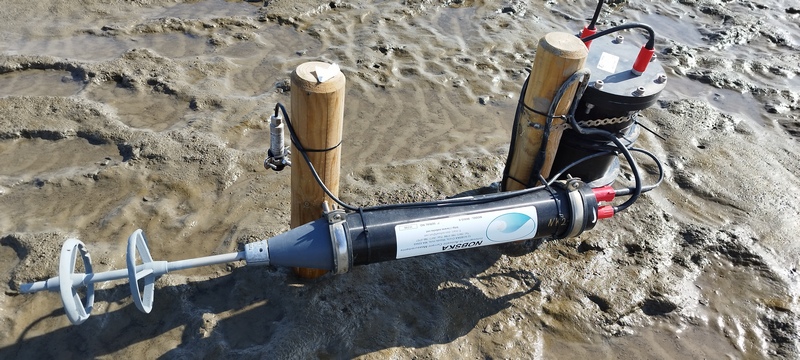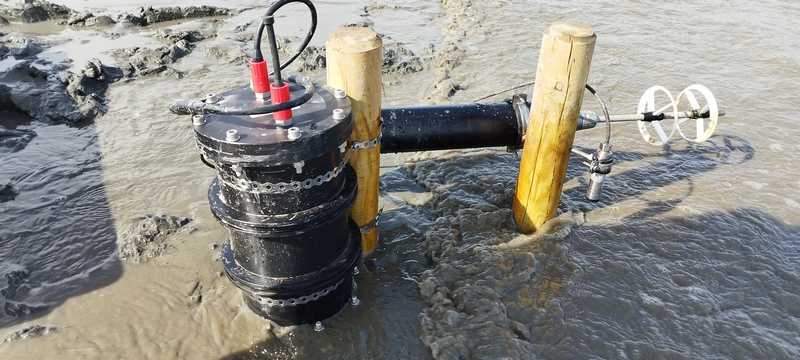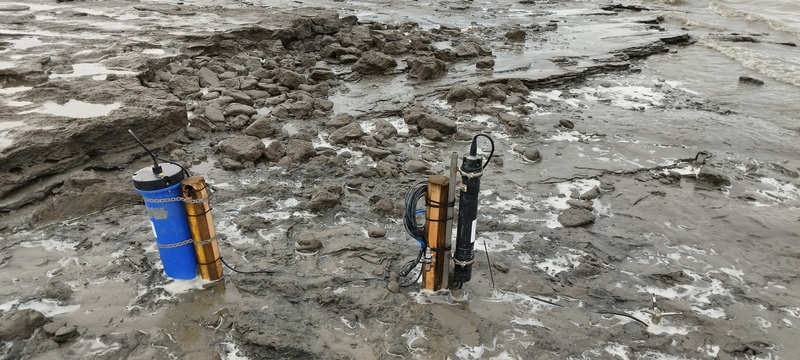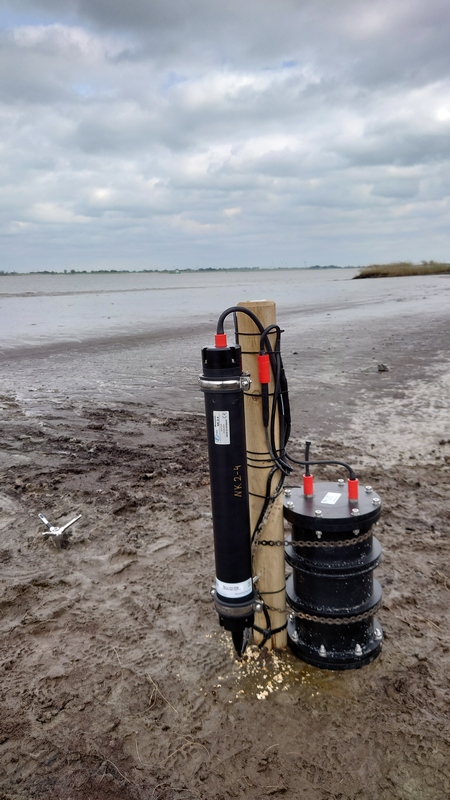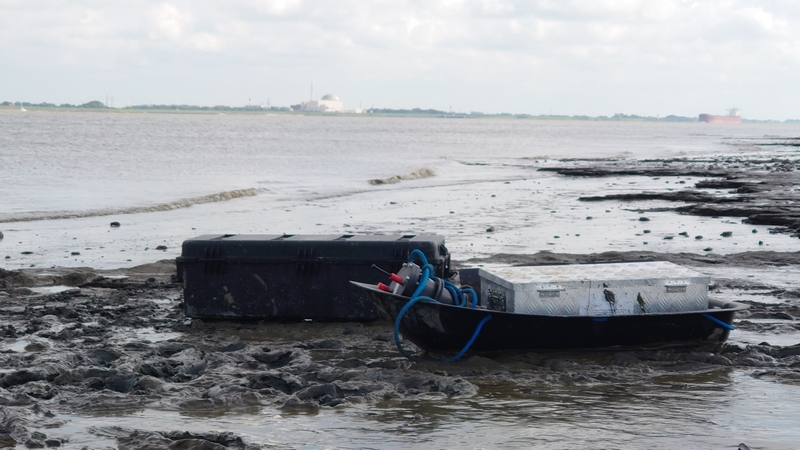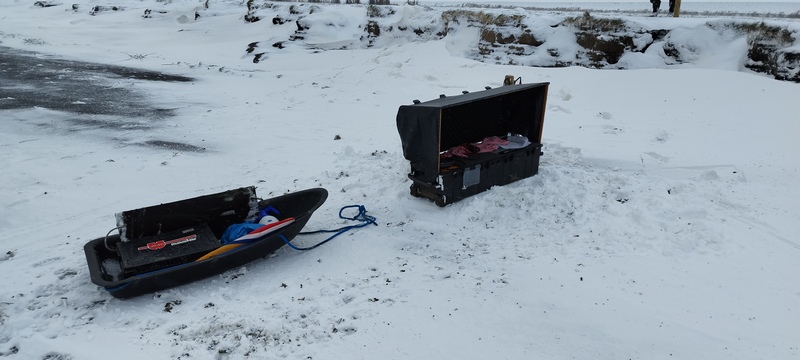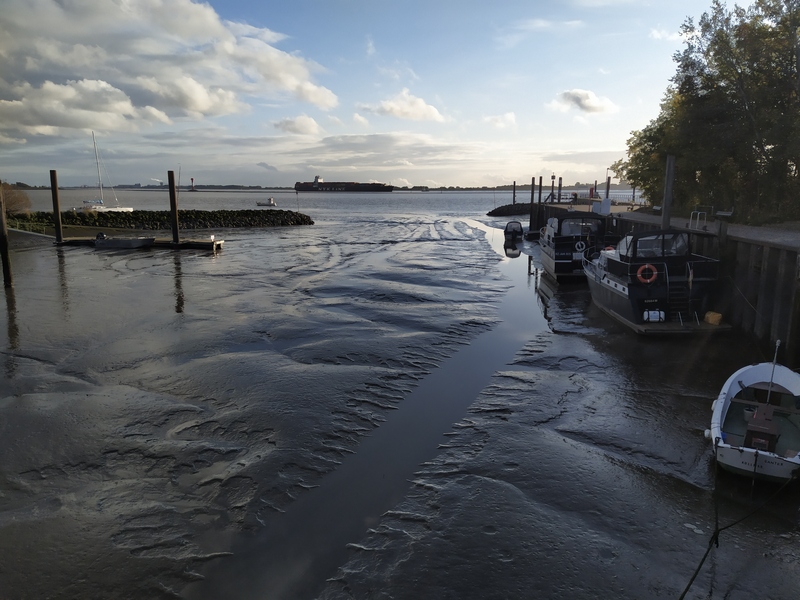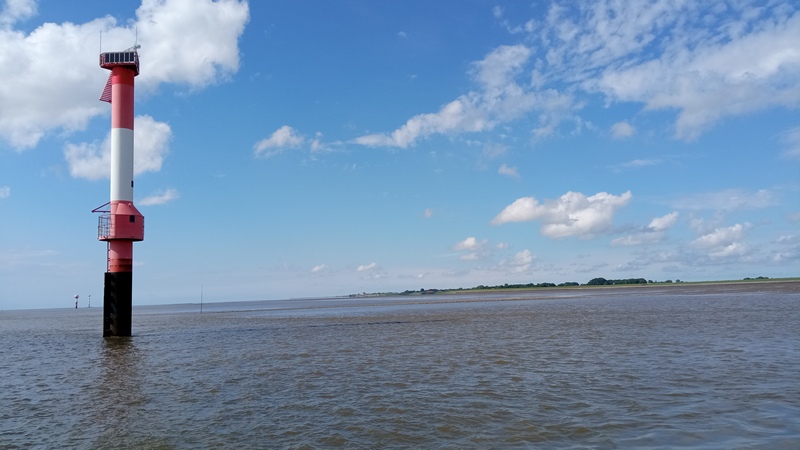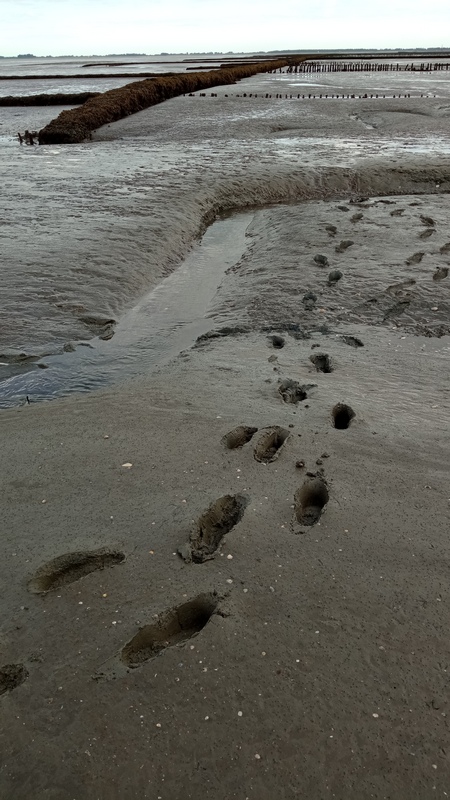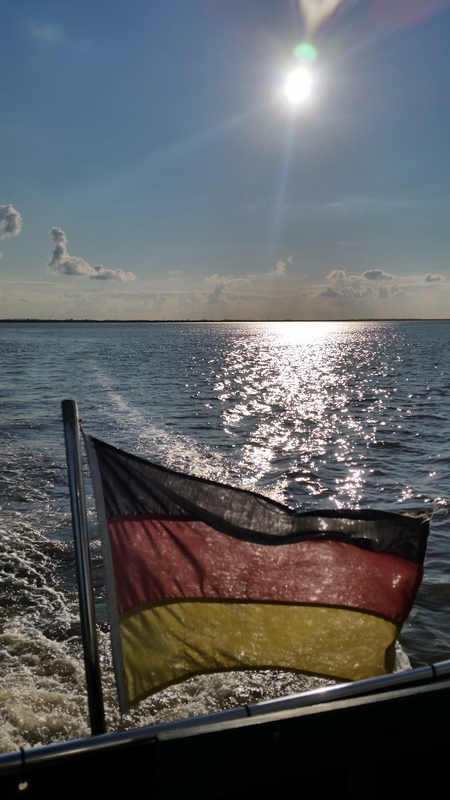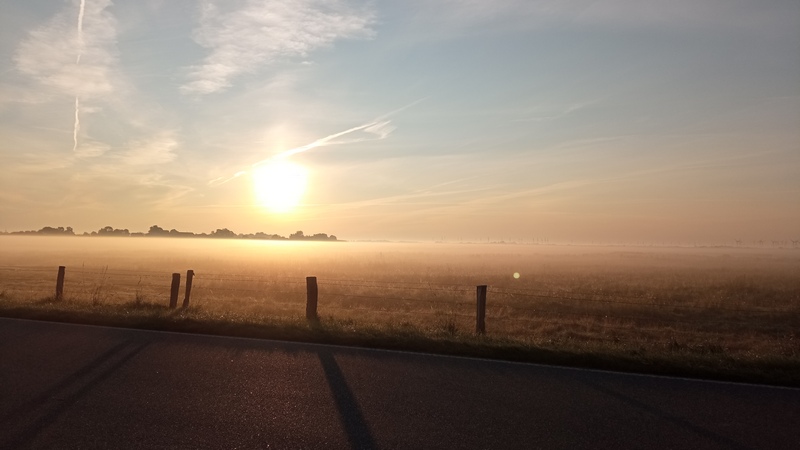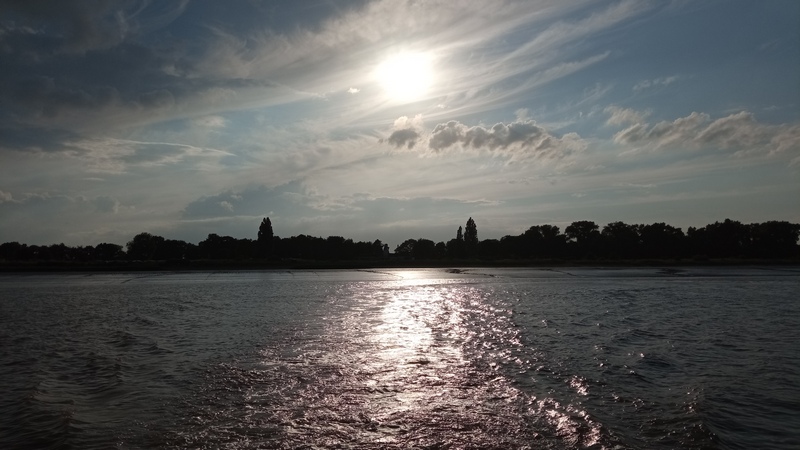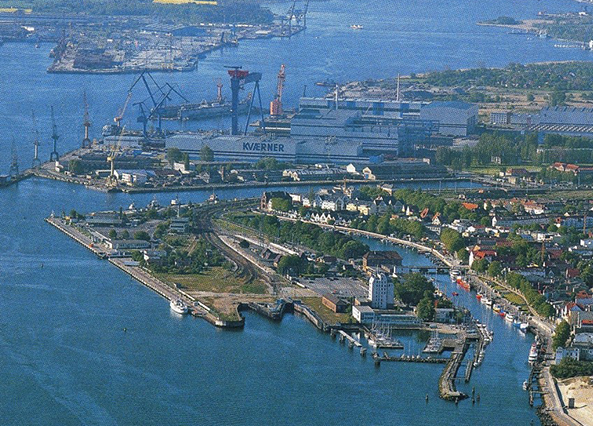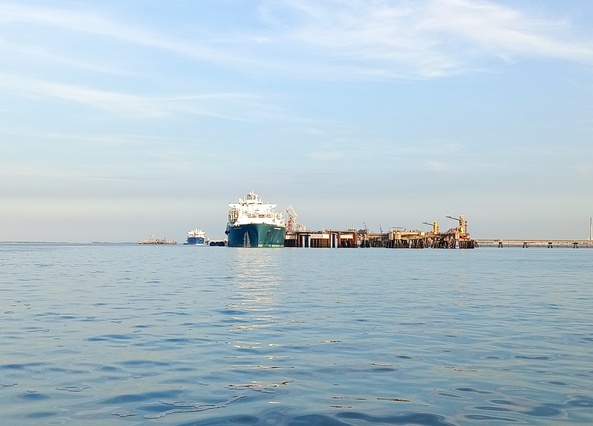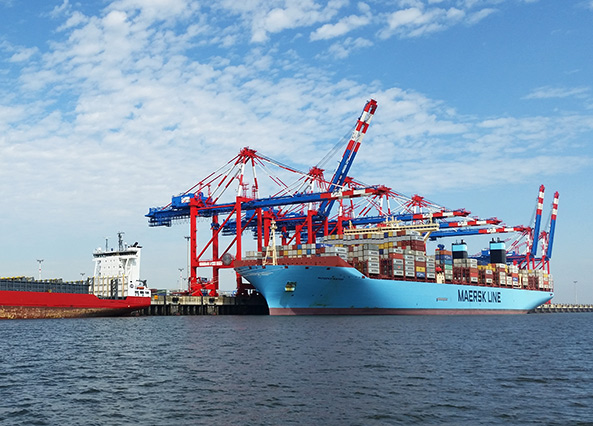Framework contract for the Federal Waterways Engineering and Research Institute: Implementation and evaluation of measurements in the coastal area
Time schedule:
- 2019 – 2023: Ship-based measurements with ADCP and supplementary systems
- 2023 – 2026: Recording of ship-generated hydrodynamic loads in shore and shallow water areas
Client:
- Federal Waterways Engineering and Research Institute, Location Hamburg
Measurements form an essential basis for numerical modelling, so measurement data are used, among other things, for the calibration and validation of such models. In this context, the Federal Waterways Engineering and Research Institute (BAW) issued a tender for framework contracts for the execution of various measurement tasks for the first time in 2019 to support its in-house measurement team. In 2023, a new tender was issued with partly extended measurement tasks.
During the first framework contract period, IMP carried out numerous ADCP flow profile measurements in the Elbe, Weser, Jade and Eider rivers. Depending on the width of the territory, between 30 and 200 profiles were recorded during a tide. In addition, many measurement runs were supplemented by regular depth profile recordings at defined positions during the ADCP measurement tides. As a rule, water temperature, salinity and turbidity profiles were recorded over the water depth. In some cases the measurements were extended by the parameter oxygen content. In each case, synoptic water samples were taken, which were evaluated in the IMP’s own laboratory regarding the suspended solids content to establish area-specific correlation relationships between turbidity and suspended solids content. For special questions, the loss on ignition of the water samples was also determined in some cases.
The measurements were mainly carried out with chartered ships. For the measurements directly in front of and behind the Eider barrage, which were carried out for the first time since the completion of the barrage in 1973, unmanned and rope-guided measuring units were used, which were specially designed and built by IMP for this purpose, as ship-based measurements are not possible at this exposed location.
However, further work was carried out by IMP as part of the “Zukunft Eider” project. For example, extensive sediment sampling of outer and inner Eider was carried out with over 150 soil samples, which were analysed and documented in the IMP’s own soil laboratory regarding the grain size distributions. In addition, a temporary monitoring network for the recording of physical water quality parameters was set up and operated in cooperation with the BAW. In turn, water samples were taken and evaluated for the creation of device-specific turbidity/suspended solids relationships. In addition, simultaneous measurements were carried out and evaluated by turbidity sensors from different manufacturers.
All measurements were comprehensively evaluated, the results were visualized and the measurement scope, configuration and evaluation concept were documented.
For the framework contract, which has been running since 2023, high-resolution water level deflection and flow measurements have so far been carried out at a total of 8 measurement locations on 2 profiles in the Lower Elbe in Nordkehdingen over a period of around 13 weeks. The measurements have benn evaluated with regard to tidal conditions, ship-induced loads and swell effects, as well as comprehensively analysed and documented. The aim of the investigations was to acquire data of the actual load situation to derive information for the dimensions and realisation of technical-biological bank protection in this section of the bank to prevent further bank breaks. Almost 7000 ship movements could be observed and classified based on specific characteristics from the associated AIS information. The results showed that ships in subcritical traffic tend to have a subordinate load pattern for the shoreline and that significant load shares tend to come from supercritical ship’s speed and exposed sea conditions.
A corresponding comparative measurement after the realisation of the technical-biological bank protection is planned.




